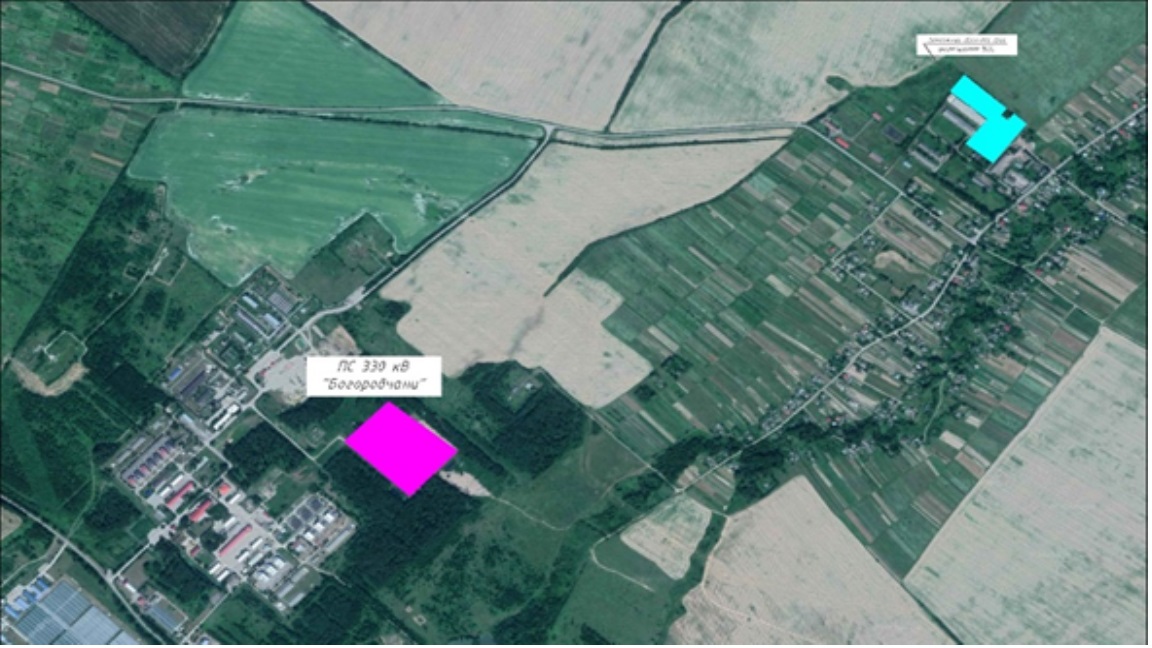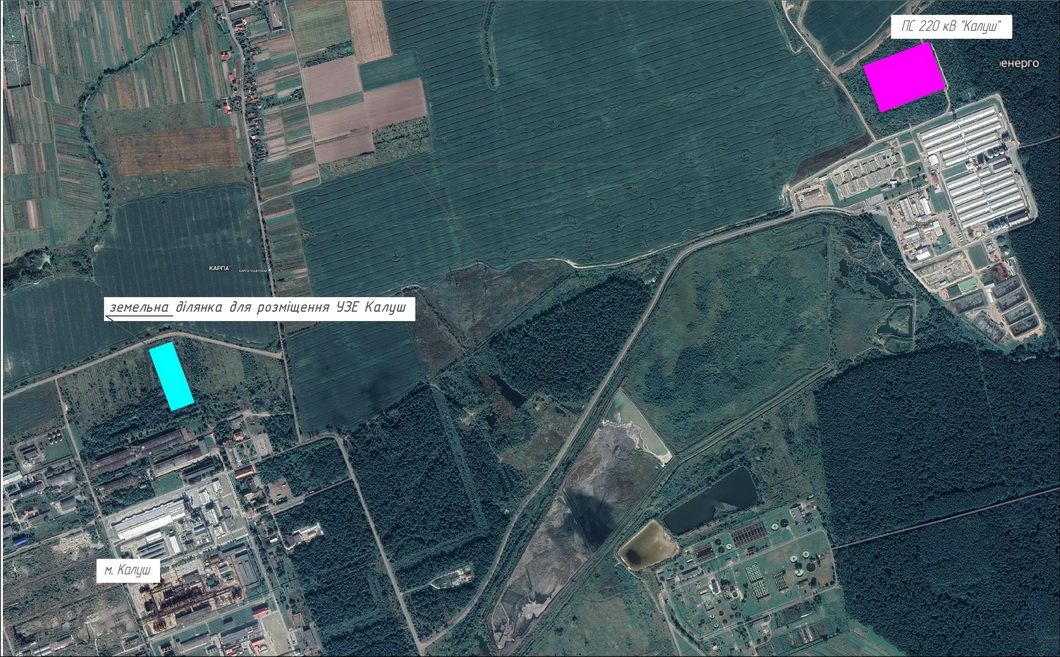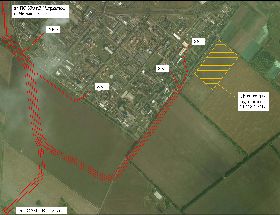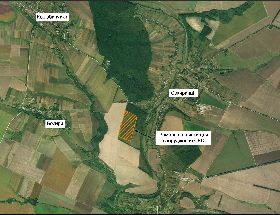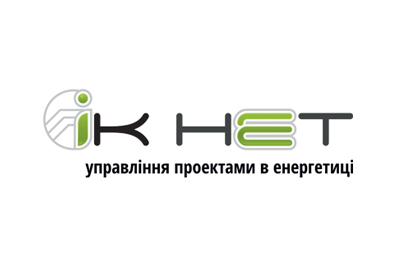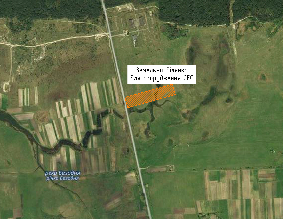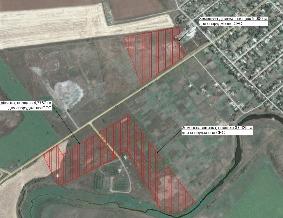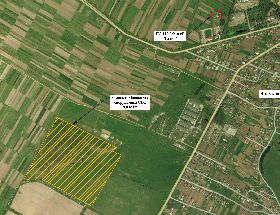Highly maneuverable generation (HMG) – a type of generation that is necessary for balancing the United energy system (UES) of Ukraine, which can be in an idle state and, if necessary, quickly activated for a certain period of time and then shut down just as quickly.
In the near future, the UES of Ukraine will need to install highly maneuverable generation units of 2 GW or more, capable of starting and stopping at least four (in some cases up to eight) times a day with a regulation range of at least 80% of the installed capacity and a maximum available downtime between two consecutive start/stop cycles of 15 minutes (up to 1800-2000 starts per year) to avoid dispatch restrictions on RES generation and consumer load.
One of the ways to solve this problem is to install gas reciprocating and gas turbine units.
Gas turbine unit (GTU)
requires 30-60 minutes to restart after each startup, the number of starts cannot exceed several per day, each cycle is taken into account in the calculation of the service life (reduction of the time between repairs)
Gas reciprocating engines
engines operate in pulses, performing thousands of starts per year, and the number of starts does not affect the service life or maintenance schedule, and they also have high fuel efficiency
The HMG can be utilized in the following electricity markets:
Automatic secondary regulation (frequency restoration reserves – aFRRl) – ancillary services market(ASM)
Sales of electricity to balance the volume of electricity supply and demand over the course of the current day - the balancing market(BM)
Purchase of electricity for the purpose of regulating electricity imbalances of the parties responsible for the balance (solar and wind power plants) - BM
Sale of electricity on the day-ahead market (DAM)/ intraday market (IDM) and the bilateral contract market (BCM)
In addition, HMG can be used by existing consumers to reduce their own electricity consumption (saving on paying for electricity from the external power grid)
In order to participate in the ancillary services market and the balancing market, HMGs should participate in long-term ancillary services auctions and daily auctions for the BM.
Currently, the most economically and technically attractive market for HMG is the ancillary services market, i.e., the AFRRl.

















